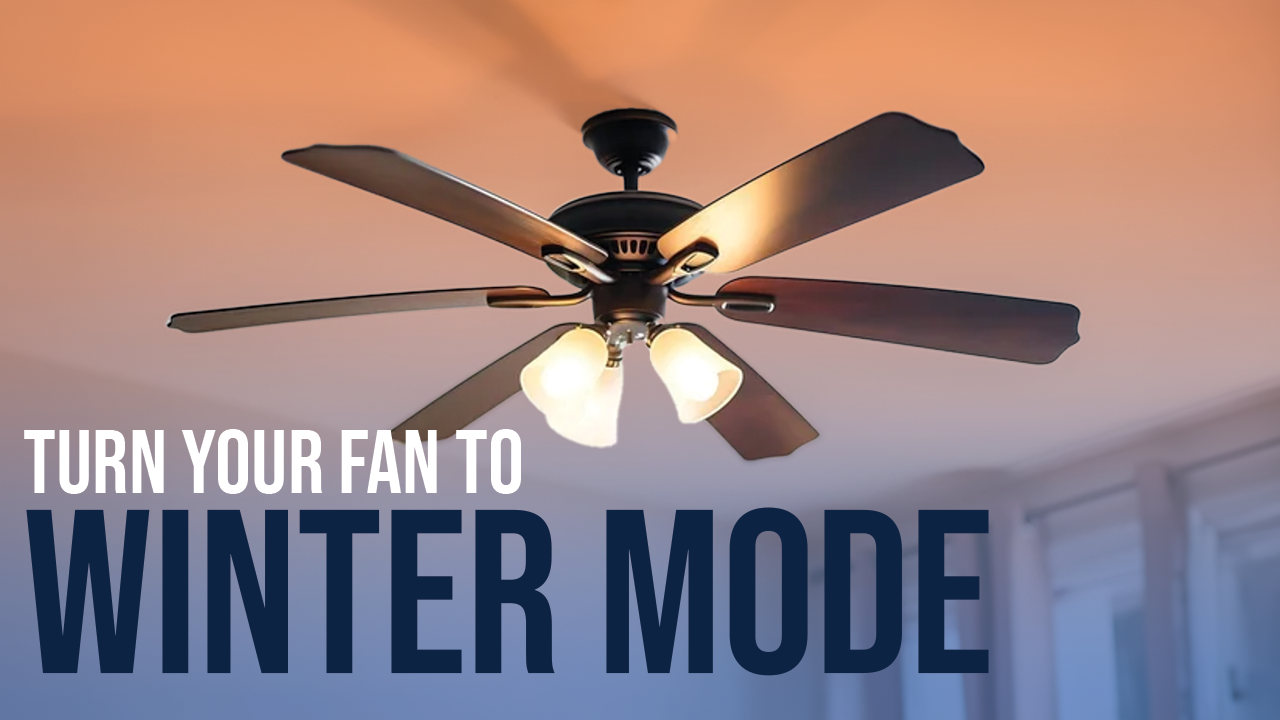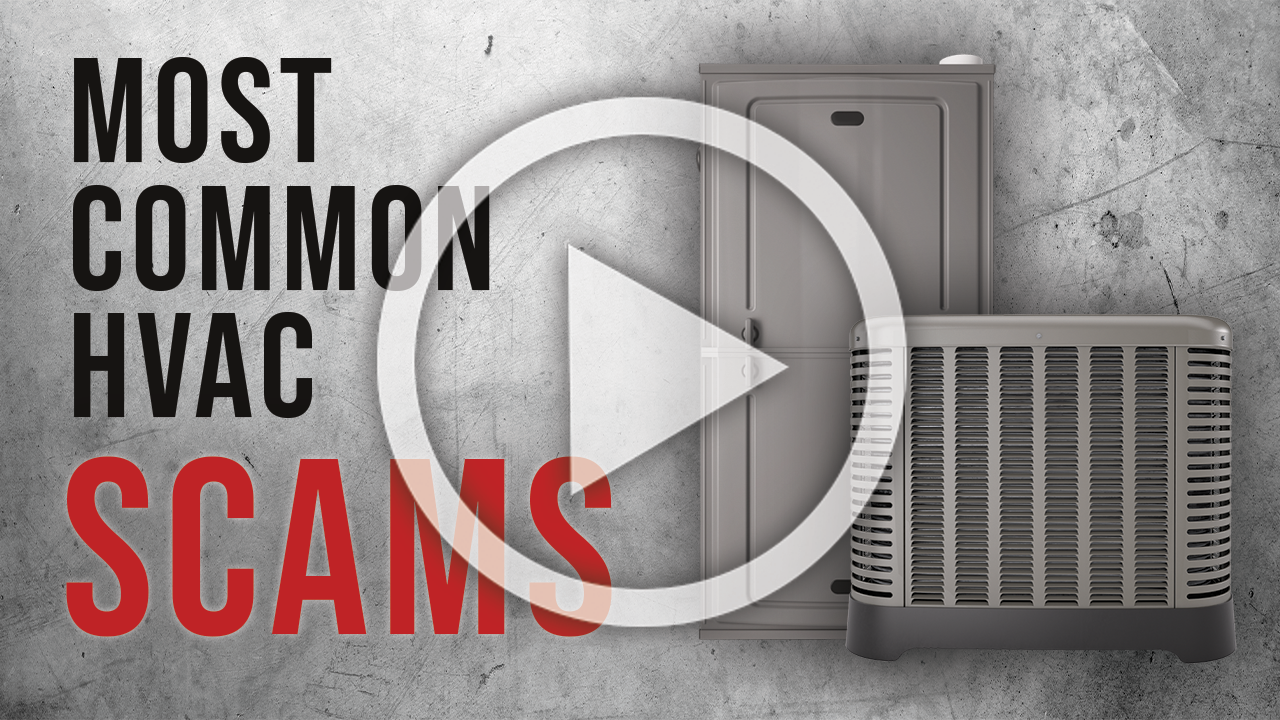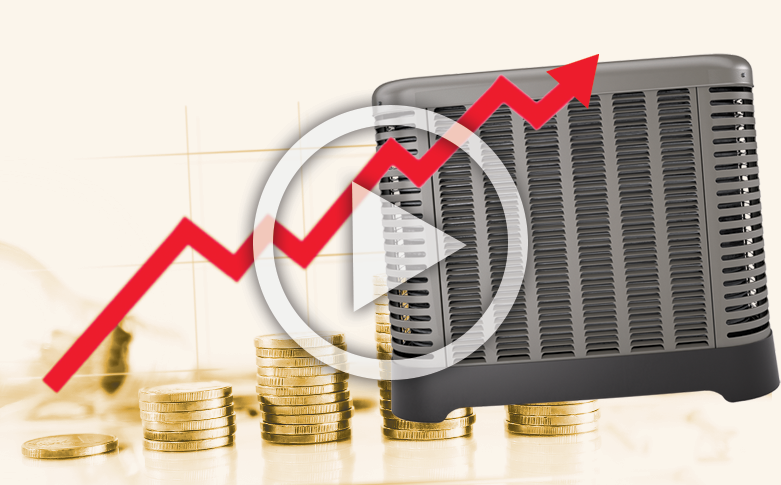Updated January 22, 2024
Choosing HVAC equipment for your Des Moines, IA, home is about far more than finding efficient, feature-rich models at budget-friendly prices. Even the very best furnaces, air conditioners, boilers, and heat pumps are guaranteed to underperform when they’re too large or too small for their intended service areas. Getting sizing just right is key to limiting your energy use, optimizing your home comfort, and extending the life span of this important system. This is why it’s always best to leave sizing in the hands of qualified HVAC technicians. Read on to find out more.
Why Size Matters
Although factors like cost and efficiency matter, few things are as important to the performance, life span, and overall functionality of your HVAC equipment as size. Air conditioners and furnaces that are too large for their service areas never have the opportunity to fully heat or cool spaces down. These units cycle on and then quickly cycle back off after just several short minutes of intense activity. Oversized equipment can leave you with hot and cold spots throughout the building, excess humidity, poor indoor air quality (IAQ), and high energy bills. Moreover, frequent heating and cooling cycles contribute to rapid wear and many wear-related problems.
HVAC systems have three basic purposes: establish comfortable indoor temperatures, remove airborne particulates, and regulate indoor humidity. Also known as short-cycling, rapidly toggling between off and on never gives HVAC equipment a chance to extract excess moisture or remove any significant amounts of airborne particulates.
Choosing HVAC equipment that’s too small is equally problematic. Heating and cooling units that are smaller than necessary will run nonstop. An undersized air conditioner or heater will work overtime without achieving your preferred indoor temperature. Your energy bills will be higher than normal, and you’ll likely face recurring repair costs. The extra stress of near-constant operation will also significantly shorten the life span of your HVAC system.
During times of temperature extremes, having undersized HVAC equipment can also prove dangerous. Smaller-than-necessary heaters and air conditioners struggle to do their jobs even when outside temperatures are fairly moderate. The size-related, substandard performance will definitely diminish indoor comfort. However, when temperatures plummet or soar, the wrong unit might not have the ability to establish and maintain a safe indoor climate.
HVAC Sizes and Square Footage
The first step in determining the right HVAC equipment size is calculating the square footage of your home. The heating and cooling power of HVAC equipment is measured in British Thermal Units (BTUs). For heaters, BTUs reference the amount of heat that’s produced or added to the living space. For air conditioners, BTUs refer to how much energy is required to remove heat from the home. However, selecting a unit with the correct amount of BTUs isn’t as easy as looking up the total square footage of the building in sales documents or past appraisals. Your measurements should only include the ducted rooms in your home that will receive conditioned air. Sunrooms, basements, attics, and garages should often be left out. Adjoining rooms should be counted as single spaces, and circular or triangular rooms will require special calculations.
Although square footage is an excellent tool for estimating how many BTUs are required, professional calculations are significantly more involved and far more accurate. Factors like ceiling heights and insulation are accounted for as well. Choosing equipment based on square footage alone will likely leave you with an underperforming system and a host of comfort and efficiency-related problems.
Understanding the Manual J Calculation
HVAC technicians use a process known as the Manual J calculation to accurately determine the right heating and cooling equipment loads and sizes for each location and household. This calculation considers a host of factors, and it is so involved that it’s often performed with software. Manual J calculations account for environmental factors and factors that are specific to the individual household. The result is a far more need-specific recommendation for BTUs than what’s achieved by only considering square footage. Having a Manual J calculation performed is also an opportunity to identify building-related efficiency improvements that can help you curb your spending on energy over time.
Environmental Factors That Affect HVAC Sizes
HVAC system efficiency is determined in large part by the tightness of a home’s envelope. For instance, if you have large gaps and cracks near your windows and doors, or if your home has insufficient insulation, much of the conditioned air that your heating and cooling equipment produces will simply flow outside. In addition to your home’s envelope, its layout and location should be accounted for as well. If you have higher-than-average ceilings, your home will require more heating and cooling power than a home with standard ceiling heights. Other environmental factors that are considered in Manual J calculations include the:
- Local climate
- Number of heat-generating appliances in the building
- The type, quality, and size of HVAC ducting
- The type of windows and doors installed
- The orientation of your home
When we perform Manual J calculations, we even consider how much natural light each building gets. Tall trees and other fixed, shade-providing structures have a marked impact on how easy it is to both heat and cool your living space. For instance, homes that get lots of sunlight will need greater cooling power during summer to offset regular solar heat gains.
Household Factors That Affect HVAC Sizes
You can find online charts that offer recommendations for heater and air conditioner sizes based solely upon square footage. In addition to overlooking multiple factors that are guaranteed to impact HVAC performance, these suggestions also assume that each room in the home will be used by just two or fewer people.
From taking hot showers and engaging in steamy cooking projects to breathing, moving around, and using various appliances, each resident in your household adds a modest amount of heat and humidity to the living space whenever they’re present. If there are ever two or more people in the same space for more than two hours, this area of the home will need an additional 600 BTUs per hour, beyond what’s recommended according to square footage. Thus, larger homes with just one or two occupants might need fewer BTUs than medium-sized homes with lots of active residents.
It’s Always Best to Let a Licensed HVAC Company Choose Your Equipment
Along with proper installation, correct sizing has a tremendous impact on the functionality, efficiency, and longevity of HVAC systems. Although smaller units with fewer BTUs are often available at modest prices, paying less for an undersized air conditioner or heater now will invariably cost you more in the future. Excess stress and nonstop functioning will cause this unit to wear down long before its time. You’ll also have higher energy bills and recurring repair costs.
Choosing an overly large air conditioner could leave you with an uncomfortably muggy or clammy building interior. Moreover, having higher levels of indoor moisture due to improper equipment sizing can also mean having a higher likelihood of mold and mildew development. To avoid these and countless other issues, it’s always best to have HVAC sizes determined by licensed HVAC companies. This can also be key for preserving manufacturer warranties and ensuring that the protections of home insurance plans and home warranty agreements aren’t unintentionally voided.
We work hard to help our clients save money while optimizing their home comfort. We offer heating, cooling, plumbing, and electrical services to residents of Des Moines, IA, and the surrounding areas. We also provide advanced IAQ solutions. If you need help finding the right heater or air conditioner for your home, get in touch with Golden Rule today.
Contact Us Today for HVAC Service!
If you found this post helpful, learn more about HVAC costs:


As winter rolls in, many of us instinctively reach for the thermostat to stay warm. But did you know your ceiling fan can be an ally in... Read More

Watch Out! Don’t Fall for These HVAC Scams Hey there, Central Iowa homeowners! Are you worried about keeping your home comfy and cozy without getting duped... Read More

What You Need to Know About Air Conditioning Changes Coming in 2025 Hey there, homeowners! If you’ve been considering upgrading your air conditioning system, you might want... Read More